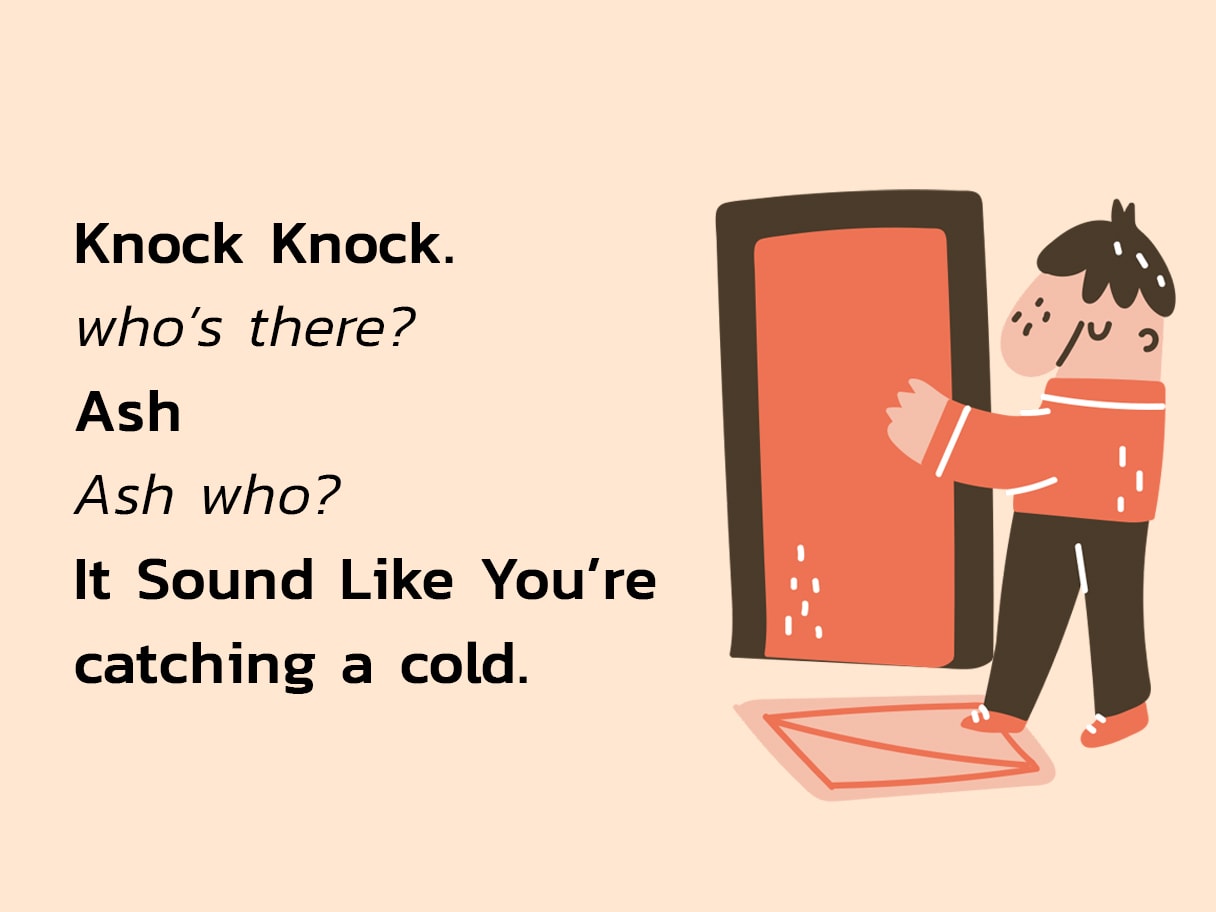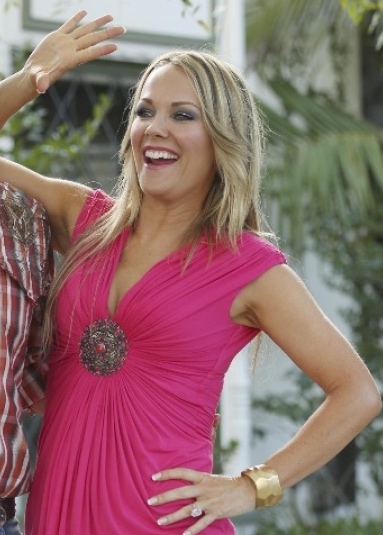


Some elementary school kids find it hilarious to make noises like passing gas or burping. Jokes like this are popular: “What did the apple say to the banana?” The answer: “Nothing. In about third or fourth grade, children have mastered the joke convention and find it fun to switch the rules on riddle telling. “Kids like kids who can make them laugh or they can share laughter with. “Kids who have a good sense of humor are more popular and more sought out,” McGhee says. With their friends, kids find sharing jokes is a way to be liked. Telling riddles has another appeal for children: They know the answer and the adult doesn’t. Word plays, puns and double meanings are amusing to first- and second-graders.Ī favorite riddle of second-graders is, “What would a polar bear telephone operator say? When they are 6 or 7, kids make a developmental leap and are intellectually able to keep two ideas or word meanings in mind simultaneously. “But they end up being silly nonsensical stuff like, ‘Knock knock.’ ‘Who’s there?’ And she’d say ‘giraffe.’ I’d say ‘Giraffe who?’ Then she makes up these silly things like ‘giraffe has spots’ and giggles and walks off.”Ībout a year after they start experimenting with riddles, children are able to understand, memorize and repeat them correctly. Sherry Wallace of Los Angeles says her first-grader likes to make up jokes. “They don’t understand enough about the nature of the joke or structure of humor to get it right,” Klein says. Children can be asked not to tell bathroom jokes in certain situations or around specific people.Īt about 5 or 6, kids make their first attempts at telling real jokes even though sometimes they fall a little flat. My son said, ‘throw up on your head.’ And then gales of laughter and they started the whole thing over.”Įxperts advise an annoyed parent to just ignore vulgar jokes. “It went around until it finally wore itself out. Then ‘poo-poo on your arm’ and everybody laughed,” Bommer says. “It started with ‘poo-poo on your hand’ and everybody laughed.

Lynn Bommer, who teaches early childhood development courses through UCLA Extension, describes a round of jokes she heard while driving her two sons’ school carpool. “Sometimes it is used to get attention and provoke adults-a testing of the rules,” she adds. “My theory is that children are dealing with the anxieties and frustrations and unpleasant experiences they had going through toilet training,” Klein says. What may strike a parent most about the preschool stage is the toilet humor that starts about 3 years of age and seems to last forever. Made-up nonsense words are another source of laughter. This reflects their growing interest in language. Preschoolers find it amusing to intentionally call an object by a different name. So they might put shoes on their hands or socks on their ears,” McGhee says.įor children and adults, humor is based on the incongruous, exaggerated, silly or unexpected. “They like to turn their reality around-screw it all up. Once a toddler understands that cups are for drinking, he finds fun in holding a cup up to his ear and pretending it’s a telephone. She is editing a book on children’s humor.
#KNOCK KNOCK JOKES FOR ADULTS PROFESSIONAL#
“Once a child has mastered some idea or concept, the child can then appreciate a distortion of that concept,” says Amelia Klein, associate professor of professional studies at Wheelock College in Boston. “If you are having a bad day or have burnt the dinner and you find some way of making light of it, then the kid is exposed to the idea that even when things go wrong if you find something to laugh at, well, it’s not so bad after all,” McGhee says.Ĭhildren’s humor, which follows rather universal stages, parallels their intellectual and social growth.


 0 kommentar(er)
0 kommentar(er)
